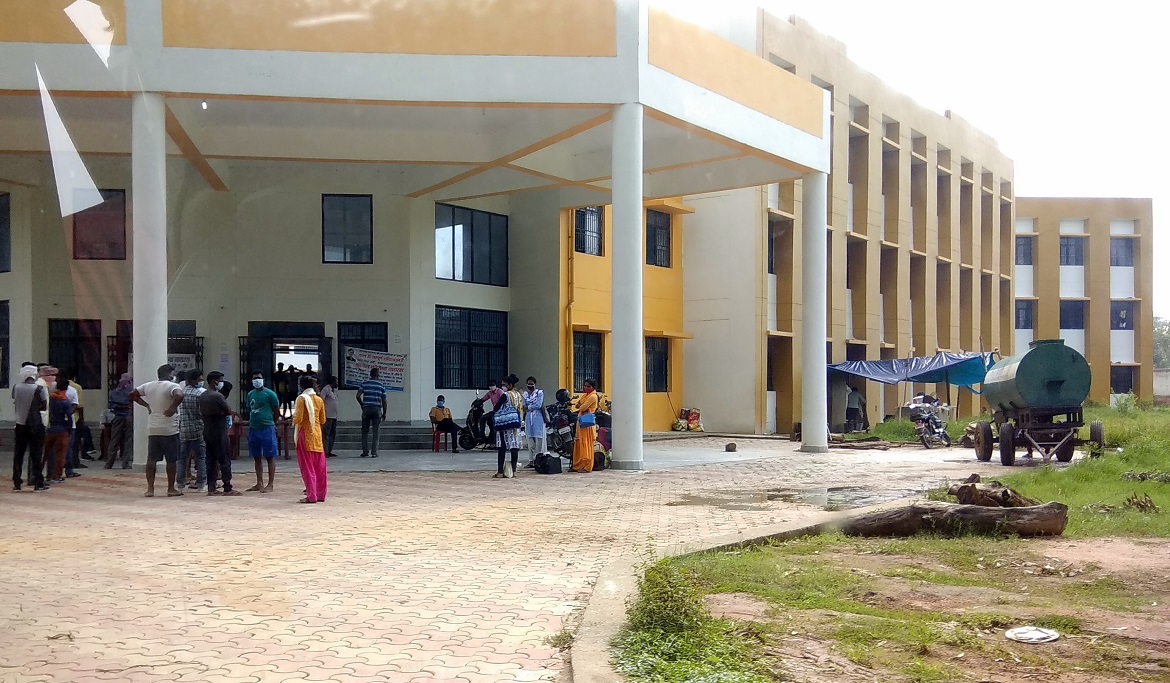Reliable electricity in facilities is a critical input to handle emergencies

The COVID-19 pandemic has put Indian healthcare facilities in the spotlight. Local administrations need to be equipped with the necessary resources to respond in an effective and timely manner to such emergencies. Reliable electricity is one such resource.
As of May 2020, nearly 2.3 million people were being quarantined across India, with the advent of COVID-19*. This number has steadily grown.
Repurposing facilities to adapt and respond to emergencies
Soon after the nation-wide lock down was announced in March 2020, several thousand people began returning to their home states. Those entering the state were mandated to quarantine themselves for 14 days. Several districts in Jharkhand repurposed schools, anganwadis, colleges, and polytechnics (which were closed due to the COVID-19 pandemic) as quarantine centres where those returning could be quarantined and tested. This approach was adopted to prevent the spread of the infection to remote rural areas.
Reliable electricity is a critical input for building resilience
Quarantine centres need continuous supply of electricity and resources to run smoothly. It powers basic facilities at these centres including the provision of running water, lighting, fans, and charging for mobile phones. With erratic power supply, water tankers had to be arranged as back up to ensure availability of water.
Diesel-powered generators were the only available option at short notice. Even the Indian Public Health Standards (IPHS) Guidelines recommend the use of diesel generators—"Generator back-up should be available in all facilities. Generator should be of good capacity.”—in public health facilities that are required to provide some wide-raging services (they also recommend solarisation of the facility, wherever feasible). Given time and resource constraints, diesel powered generator sets are a quick fix solution to respond to such emergency demands.
However, as this instance has shown us, there is a need to invest in reliable, cost-effective, and cleaner electricity sources to help local authorities to respond to disasters and emergencies, such as the COVID-19 pandemic in a timely, economical and effective manner. Since these schools, anganwadis, colleges and polytechnic facilities are often the first to be repurposed as shelters in emergencies, it is important for these facilities to be made more resilient with clean and reliable electricity options.
Access to reliable electricity is a critical input that also enhances an infrastructure’s ability to adapt to disasters and emergencies. This also means that we need to understand and evaluate electricity demand for services in a more nuanced way, as not just to service the direct intended services of a facility, but also keeping in mind its potential as disaster and emergency relief infrastructure.

